A starring role for the digital twin
Applause during a design review – an experience you don’t have every day: “That’s exactly what happened to us with the Siemens digital twin,” confirms Maximilian Herrmann, Director Design at Weckerle GmbH: “We were actually a bit lost for words – and a little proud.”
According to Maximilian Herrmann, the unusual response occurred quite spontaneously during a design review: “At this meeting, we presented a plant solution using the Siemens digital twin for the first time. Initially, we thought of the digital twin as a design review tool, but we soon saw that we could represent much more with it. Among other things, we can start software development at a much earlier stage of the project. This enables us to achieve a completely different level of quality in the development process, allowing us to present the complete PLC program and a finished HMI at the design review – previously unthinkable, as electrical design and software development only started with the finished mechanical design. This really impressed our customer project partners, as they hadn’t seen it done to this level of maturity or detail before.”
Weckerle GmbH: Competence in cosmetics
Weckerle GmbH was founded in 1965 by Peter Weckerle in Weilheim, Bavaria, and has developed from a small precision engineering workshop to a global company with a leading position not only in the field of stick and tube-filling machines, but also as a contract manufacturer with full turnkey service for the color cosmetics segment. As a globally successful and growing family business in the color cosmetics industry, Weckerle is divided into two divisions: Weckerle Cosmetics und Weckerle Machines. Weckerle Machines is one of the world market leaders for the production of innovative filling systems for the cosmetics industry.
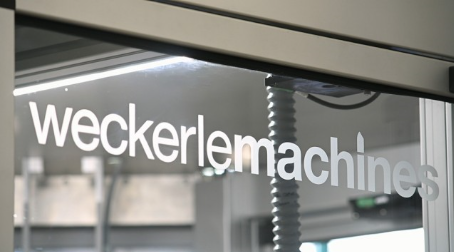
Faster route to the finished machine
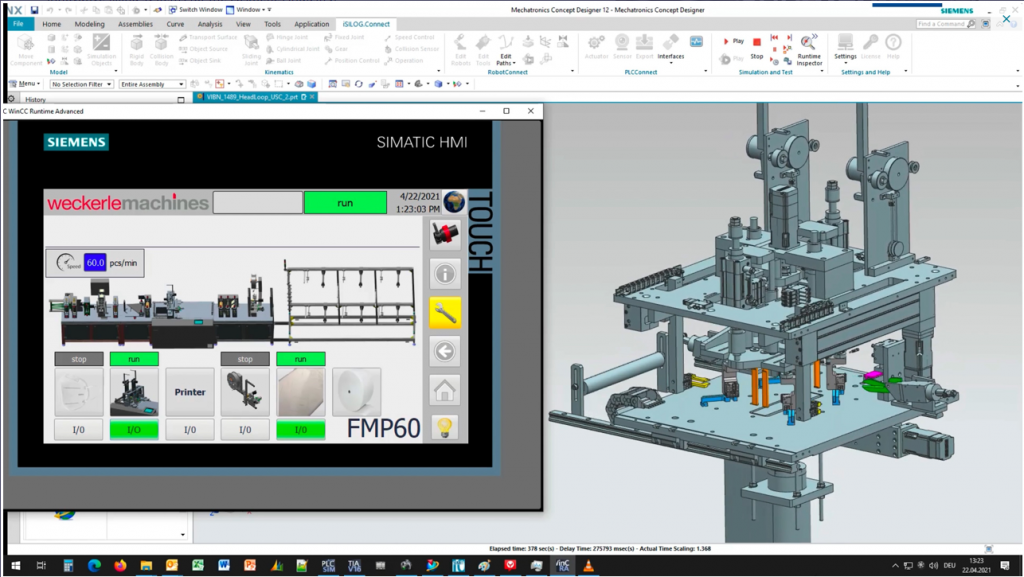
For Weckerle, the digital twin is also so helpful because the market environment has changed significantly in recent years, explains Herrmann: “For us, the issue of time-to-market is key – tasks that we used to work on for twelve or more weeks must now be completed within two. That’s why we have to work in our processes in such a way that even the first draft design has a high degree of maturity. For this first-time-right approach, simulation on the digital twin is essential, as it allows us to verify designs across all disciplines and at an early stage.” In addition to this, Weckerle often works on the basis of process ideas that are modified during the project, continues Herrmann: “Typically, we develop a plant without our customers being able to tell us exactly what product will be produced at the end – that’s why we need to be able to take that uncertainty or fuzziness into account in the process.”
A new machine for FFP2 masks – with new boundary conditions
One example of this dynamic development process is a new machine for the production of FFP2 masks that Weckerle has recently developed. In this case, the customer decided to attach headbands to the masks instead of ear loops – “which is why we had to completely rethink the bonding process for attaching the bands,” says Herrmann. Weckerle simulated this design modification completely on the digital twin and thus optimized not only the process and the installation space, but also the control solution used, explains Martin Brunner, software developer at Weckerle: “The simulation using PLCSIM Advanced enabled us to analyze the impact of cycle time on the performance of the overall process and then use these considerations to select the SIMATIC S7-1516T as the CPU. Thanks to these optimizations, we ultimately exceeded the required output of 60 masks per minute, despite the more complex bonding process for the headbands, and can now produce up to 65 masks per minute.” What particularly impressed Brunner was the informative value of the simulation on the digital twin: “In terms of the cycle time, we saw exactly the same values on the machine as we got from the simulation, with very small deviations of a few percent. That was very impressive!”
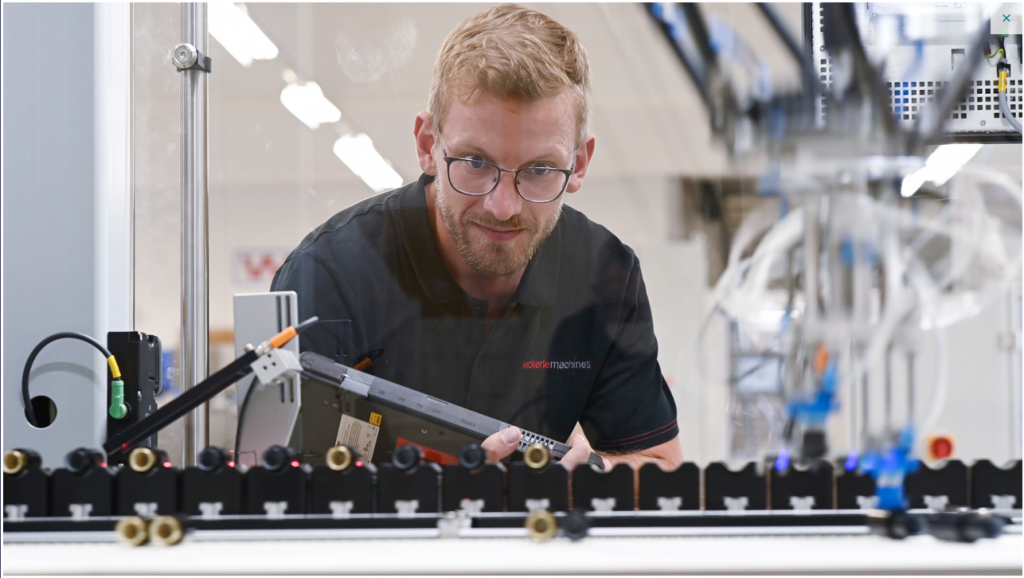
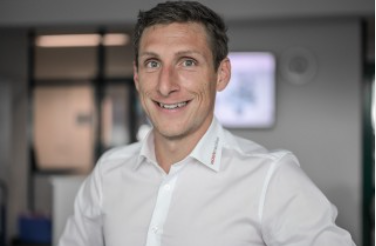
“In the beginning, we were also quite skeptical as to whether the digital twin would actually meet our expectations. But having taken the step, it now turns out that the savings of 20% or 30% that are frequently mentioned are not just numbers plucked out of thin air, but reality!”
Coordinated package for automation, motion control, and simulation
For its digital twins, Weckerle uses NX Mechatronic Concept Designer (MCD) as a 3D tool, SIMIT as a test platform for automation, and PLCSIM Advanced as a virtual PLC. Real-time simulation is ensured via the bus-synchronous mode, so that all components have the same synchronized simulation progress. Furthermore, the cycle times can be varied in the simulation and are not fixed. Real-time capability of the simulation offers the possibility of simulating controllers realistically. One of the advantages for Herrmann is that these components mesh perfectly thanks to integrated interfaces and are therefore very easy to operate. The interaction of the individual systems and the standardized engineering in the TIA Portal are also an important aspect with which Weckerle can further reduce the time-to-market of its plants.For engineering, the company also uses the corresponding software modules from the Siemens motion libraries. “This means that even complex functions such as a multi-axis combination can be easily configured in TIA Portal – not only with the technology objects in TIA Portal, but also by means of ready-to-use library blocks. This enabled me to configure the gear or cam synchronization for the FFP2 mask machine without any additional software – that really was good fun.”In addition to SIMATIC S7-1500 T CPUs, Weckerle has recently started using SINAMICS S210 drives with 1FK and 1FT servo motors in its machines. This new drive solution does not only perfectly complement automation, but also saves effort during installation. “We often have more than 40 servo motors in our plants. The new drive solution combines power and encoder cables in one line – that alone saves us a lot of time during installation.” What’s more, thanks to the wide range of Siemens automation products and solutions, Weckerle also has the option of implementing safety-oriented signals on the PLC with Safety Integrated in the future. “This is particularly important for servicing, for example when safety circuits are also changed due to modifications to a machine. We can now easily adapt this in the software, without much wiring effort on site.”
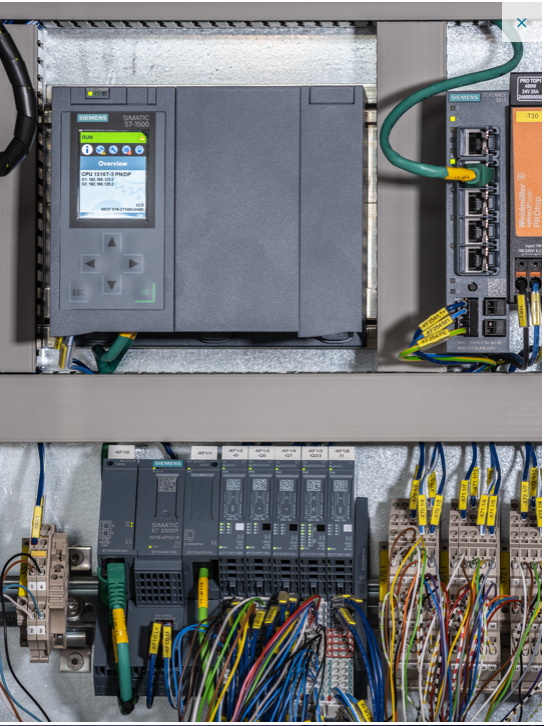
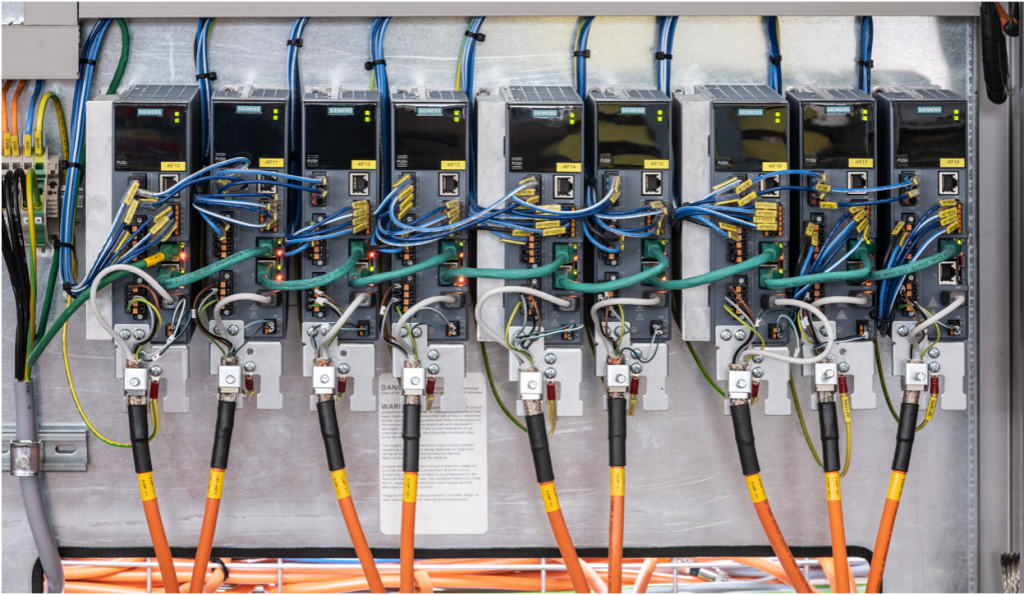
Prepared for the Industrial Internet of Things
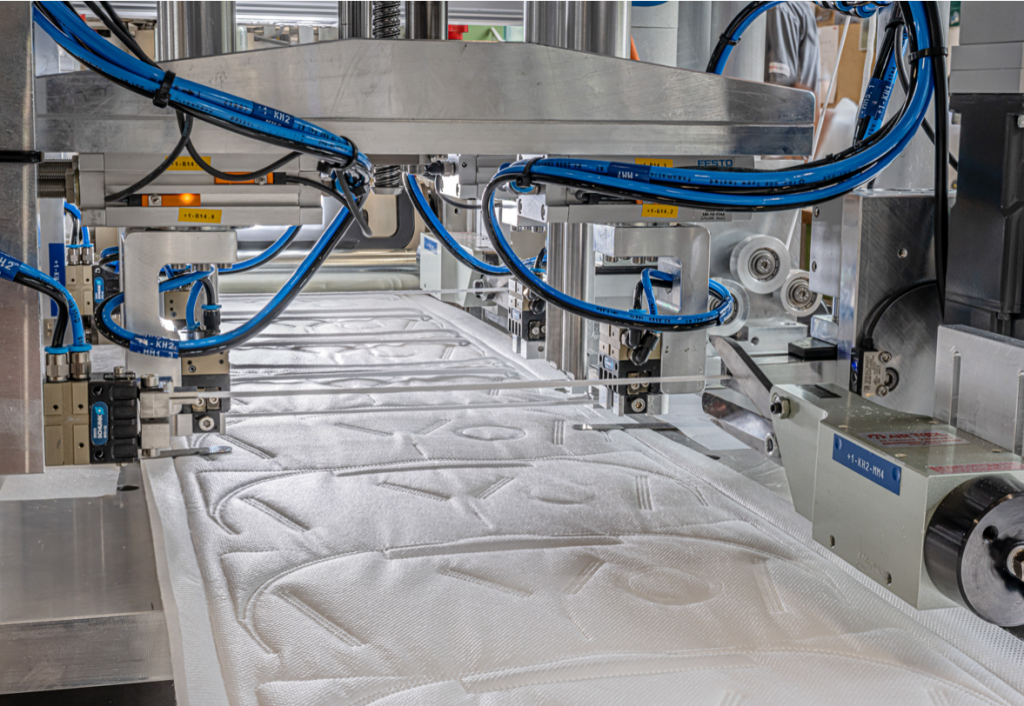
When it comes to integration into the plant operator’s systems, Weckerle benefits from the openness and flexibility of Siemens systems. “Especially in area of packaging, the integration of machines and lines via PackML is an important topic. With the Siemens SiOME tool, we can easily configure the OPC UA server interface in the S7-1500 so that the user’s client sees exactly what tags it needs for its conversions.” Weckerle can also release further plant data for MES or cloud solutions at the user’s site, for example to facilitate OEE calculation. In a further step, Weckerle intends to implement a SCADA system based on SIMATIC WinCC Unified for larger plants in order to improve transparency for the plant operator. “And then there is also the requirement that we would like to document as well as improve the energy and raw material balance of our plants. For this purpose, we are, of course, pursuing design approaches – such as profile construction – but we are also using measurement systems for energy data monitoring so that we can allocate consumption to a specific product.”
“Using the technology objects and ready-made library blocks, even complex functions such as camming can be configured easily in the TIA Portal. This enabled me to configure the gear or cam synchronization without any additional software – that really was good fun.“

Simulation as a key aspect for new projects
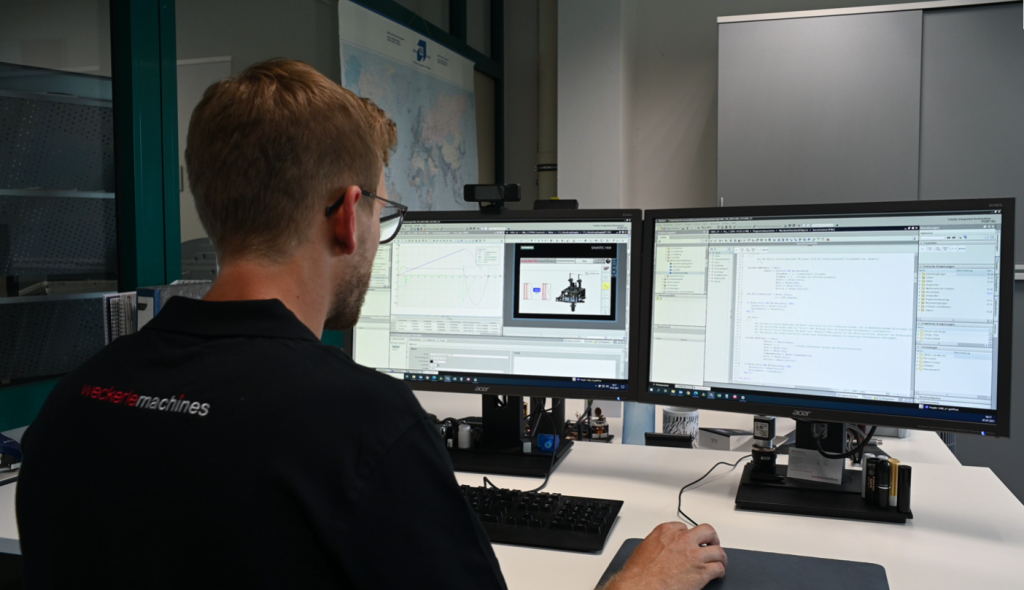
The team around Maximilian Herrmann will not run out of ideas or projects anytime soon – and thanks to the digital twin, these ideas will become reality at Weckerle even faster and more efficiently in the future. “The simulation cuts the time required to develop a new product by 30 percent. In a project with seven drives and one controller, for example, virtualization is completed within 40 hours. From then on, the electrical designers can program their PLC program and thus the digital twin at the same time. In this way we achieve a quality in programming by means of which we can load the control program into the real machine and then the plant functions immediately. Recently, we put a machine into service for the production of compact powder. After just one day of ramp-up, the machine was running as planned.” In the future, Weckerle will therefore carry out all new developments on and with the digital twin and plans to integrate the process side into the models in addition to the mechanical and electrical design. “In the beginning, we were also quite skeptical as to whether the digital twin would actually meet our expectations. But having taken the step, it now turns out that the savings of 20% or 30% that are frequently mentioned are not just numbers plucked out of thin air, but reality!”

